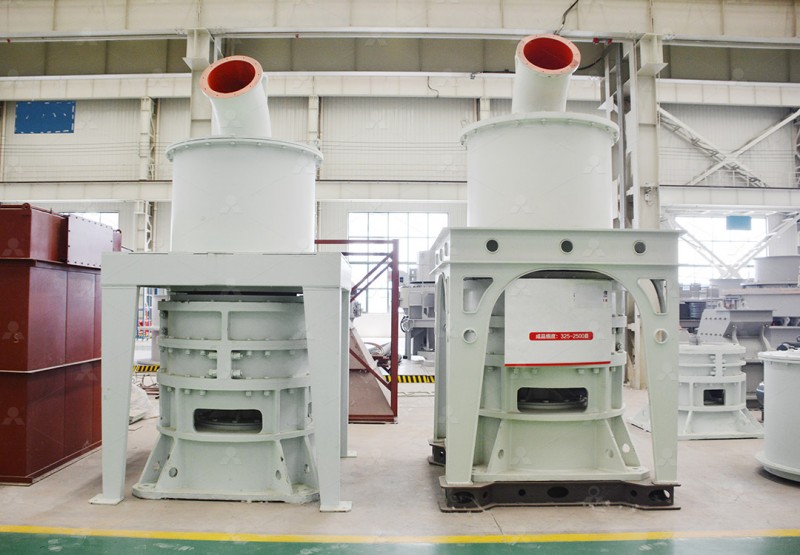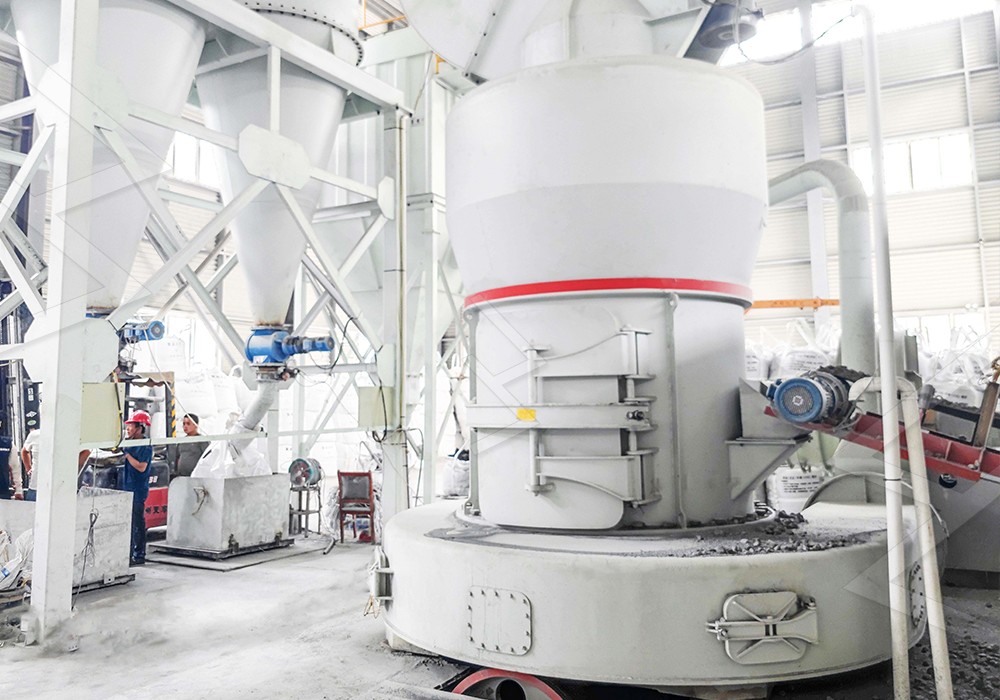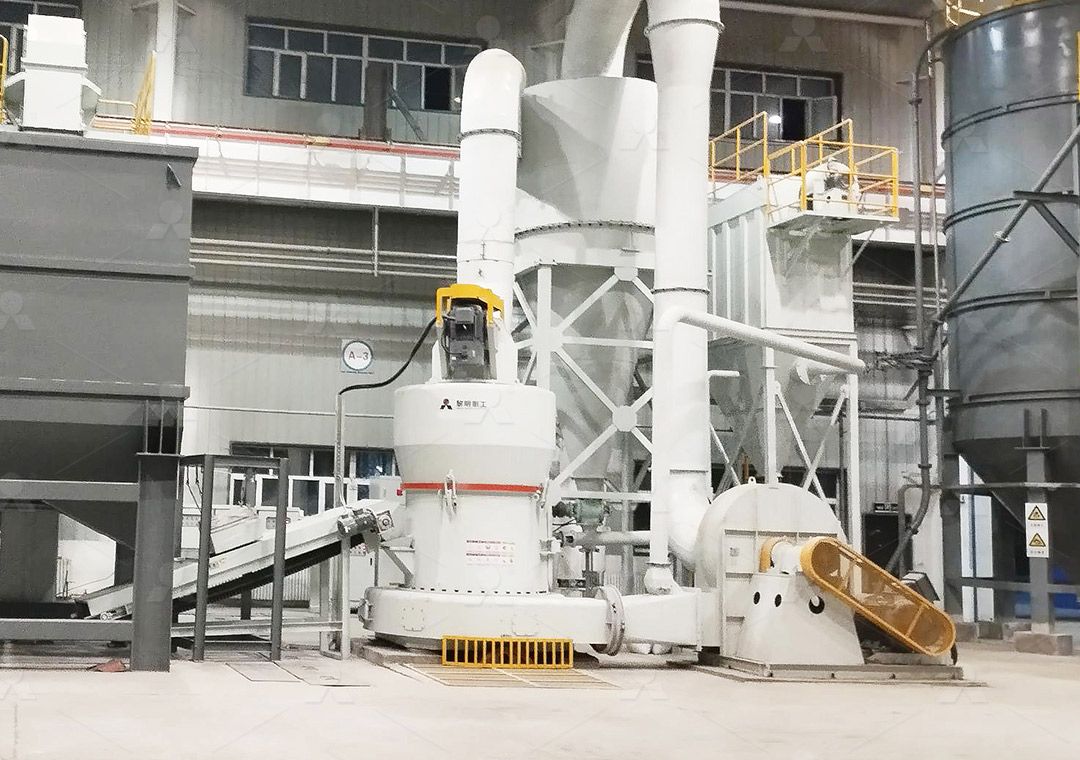Calcium Carbonate Grinding Mill Manufacturer: Key Factors to Consider Before Purchasing
Calcium Carbonate Grinding Mill Manufacturer: Key Factors to Consider Before Purchasing
Selecting the right calcium carbonate grinding mill represents a critical investment decision that can significantly impact your operational efficiency, product quality, and bottom line. As industry professionals know, not all grinding equipment delivers equal performance, and making an informed choice requires careful evaluation of several technical and operational factors.
The ideal grinding solution must align with your specific production requirements while offering reliability, energy efficiency, and minimal environmental impact. With decades of experience in mineral processing equipment manufacturing, we’ve identified the key considerations that should guide your purchasing decision.
Production Capacity and Feed Size Specifications
Before evaluating specific mill models, clearly define your production targets and material characteristics. Consider your required throughput (tons per hour), input material size, and desired final product fineness. Equipment must be sized appropriately to handle your current needs while allowing for future expansion.
For operations requiring ultra-fine powder production with input sizes up to 20mm and capacities ranging from 0.5 to 25 tons per hour, the MW Ultrafine Grinding Mill presents an excellent solution. This machine incorporates advanced German powder separation technology, allowing precise fineness adjustment between 325-2500 meshes with screening rates achieving d97≤5μm in a single pass.

Energy Efficiency and Operational Costs
Grinding operations typically account for a substantial portion of a plant’s energy consumption. Modern mills should deliver significantly better energy performance than traditional equipment. Look for mills that offer innovative designs to reduce power requirements without compromising output quality.
The MW Ultrafine Grinding Mill demonstrates remarkable efficiency, consuming approximately 30% less energy compared to jet grinding mills while achieving 40% higher production capacity. Its unique grinding chamber design eliminates rolling bearings and screws, reducing maintenance concerns and potential points of failure.
Environmental Compliance and Workplace Safety
Modern manufacturing operations must adhere to increasingly stringent environmental regulations. Dust control, noise reduction, and overall environmental footprint should be key evaluation criteria when selecting grinding equipment.
Our MW series addresses these concerns comprehensively with an integrated efficient pulse dust collector that eliminates dust pollution throughout the milling process. Additionally, silencers and noise elimination rooms are configured to maintain workplace noise at acceptable levels, ensuring full compliance with national environmental protection standards.

Maintenance Requirements and Operational Reliability
Downtime directly impacts profitability, making equipment reliability and ease of maintenance crucial considerations. Examine the mill’s design for accessibility to wear parts, availability of spare components, and the sophistication of its lubrication systems.
The MW Ultrafine Grinding Mill features an external lubrication system that allows maintenance without shutdown, enabling continuous 24-hour operation. This design philosophy extends throughout our product line, including the LUM Ultrafine Vertical Grinding Mill, which incorporates reversible structure technology for easier roller maintenance and replacement.
Final Product Quality and Versatility
Beyond mere particle size reduction, consider how the mill affects product characteristics such as whiteness, purity, and particle size distribution. The grinding process should enhance rather than detract from your product’s marketability.
Advanced mills like our MW series employ digitalized processing with numerically controlled machine tools for exceptional precision in core components. This manufacturing approach ensures consistent performance and product quality that meets the most demanding specifications for calcium carbonate applications across industries including plastics, paints, cosmetics, and food additives.

Frequently Asked Questions
What is the typical energy savings compared to traditional ball mills?
The MW Ultrafine Grinding Mill reduces energy consumption by approximately 30-40% compared to traditional jet grinding mills and offers twice the production capacity of ball grinding mills with similar power input.
How does the mill handle different product fineness requirements?
Our mills feature adjustable cage-type powder selectors that allow operators to precisely control product fineness between 325-2500 meshes, with the ability to achieve d97≤5μm in a single processing stage.
What environmental features are incorporated?
The grinding systems include efficient pulse dust collectors that eliminate dust pollution, along with silencers and noise elimination rooms to reduce operational noise, ensuring compliance with environmental standards.
How does the maintenance requirement compare to other mills?
The absence of rolling bearings and screws in the grinding chamber significantly reduces maintenance concerns. External lubrication systems enable maintenance without shutdown, and our comprehensive spare parts support ensures worry-free operation.
What materials besides calcium carbonate can these mills process?
Our grinding equipment handles various non-metallic minerals including limestone, calcite, dolomite, barite, talc, and gypsum, making them versatile solutions for diverse industrial applications.
